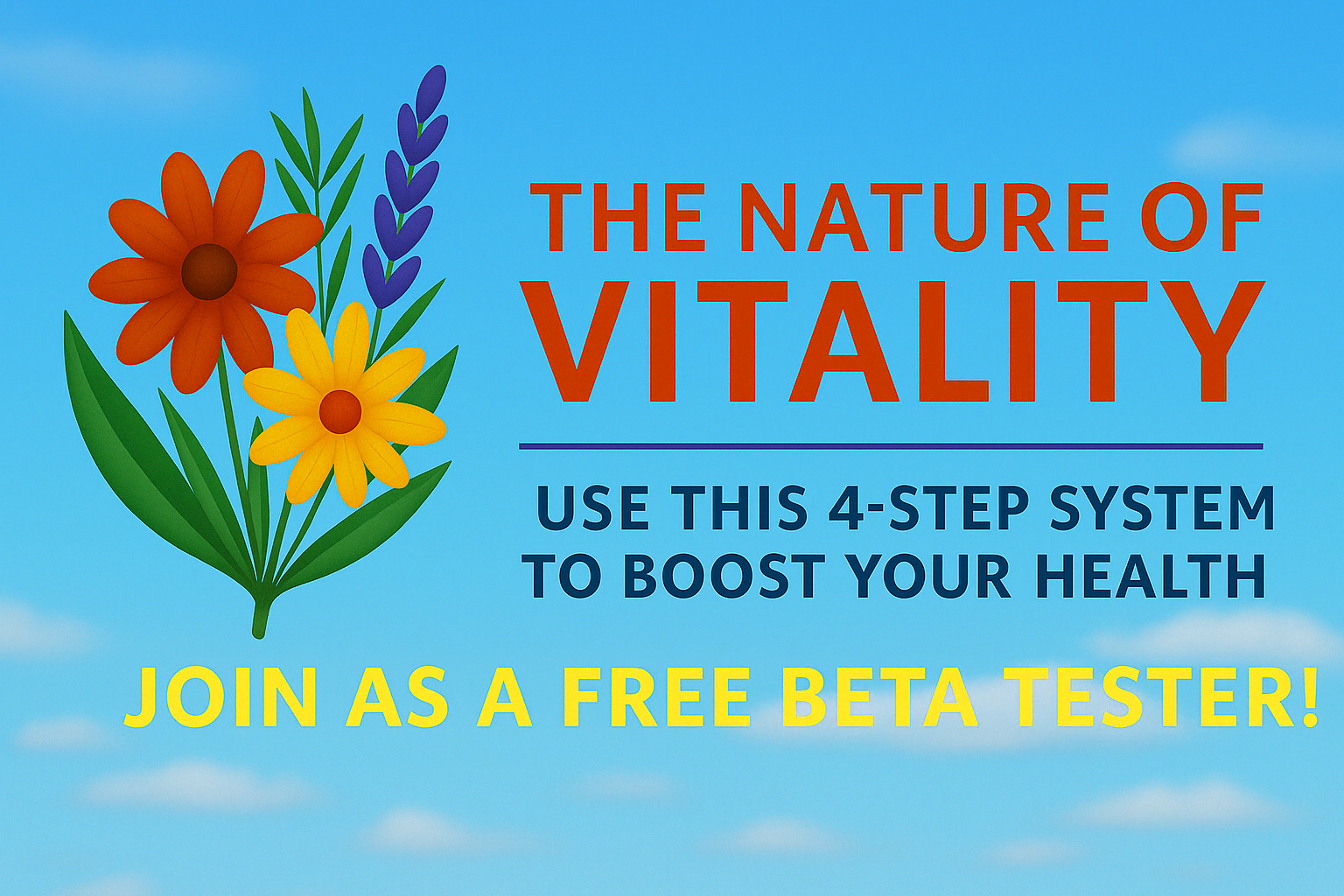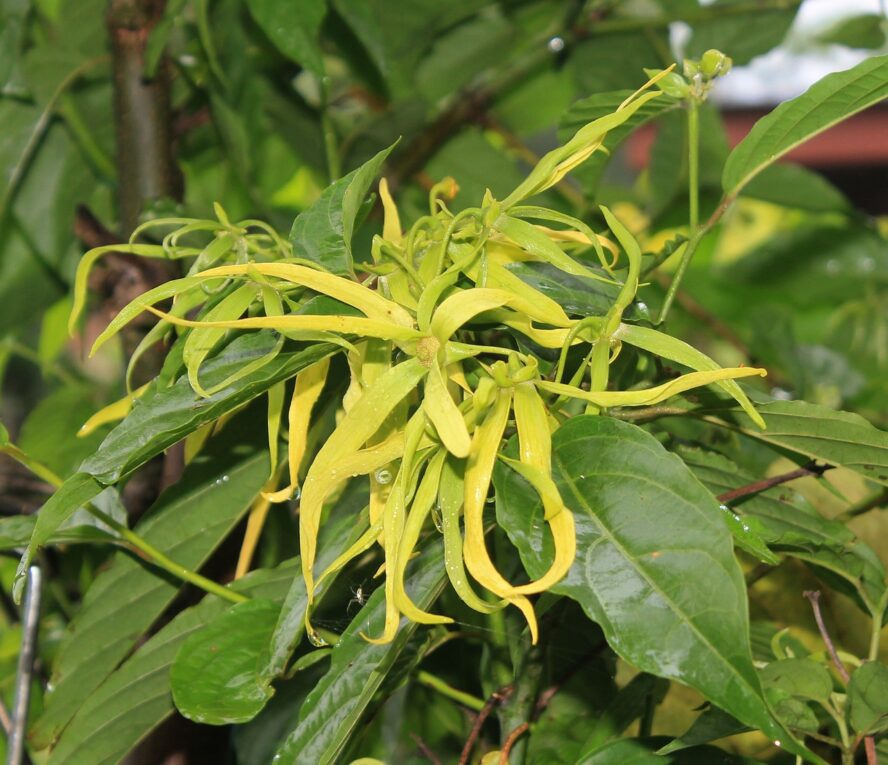Ylang ylang, Cananga odorata, is a tropical tree native to Southeast Asia, particularly Indonesia, Malaysia and the Philippines. It belongs to the Annonaceae family and is renowned for its fragrant flowers, which are prized for their sweet, floral scent. Ylang Ylang essential oil is a very popular aromatherapy oil that is extracted from the flowers of the Cananga tree.
Ylang ylang is a fascinating and versatile plant with a rich history of use in perfumery, aromatherapy and traditional medicine. Its exquisite fragrance and therapeutic properties make it a cherished ingredient in natural wellness products and a beloved botanical treasure around the world.
Habitat of Cananga Tree
The Cananga is a tropical tree that is native to the rainforests of Indonesia and the Philippines. Production of ylang ylang oil began in the Philippines around 1860. Today the supply of essential oil comes from cultivated trees.
Cultivation of Ylang Ylang Trees
Ylang ylang trees thrive in tropical climates with rich, well-drained soil and ample sunlight. They are often grown for their ornamental value and essential oil production in tropical regions around the world, including Southeast Asia, the Pacific Islands and parts of Africa and South America.
Ylang Ylang Sustainability
Ylang ylang essential oil production can have both positive and negative impacts on local communities and ecosystems. Sustainable harvesting practices, fair trade initiatives and organic cultivation methods are important considerations to ensure the long-term viability of ylang ylang cultivation and support the well-being of local communities.
Ylang Ylang Fragrant Flowers
Ylang ylang produces clusters of highly aromatic flowers that range in color from pale yellow to deep yellow. The flowers have a complex and captivating fragrance that is often described as sweet, floral and slightly fruity. The scent of ylang ylang is widely used in perfumery and aromatherapy for its exotic and sensual aroma.
Main Active Ingredients in Ylang Ylang
According to a January 2013 study published in the journal Molecules, the ability to identify individual components of essential oils improved recently with use of two-dimensional gas chromatography along with time-of-flight mass spectrometry. When this advanced method was used to evaluate ylang ylang, the authors found 161 individual compounds, which was 75 more than identified using previous methods.
The main chemical components in ylang ylang oil include the following:
- Methyl benzoate – 34.00%
- 4-methylanisole – 19.82%
- Benzyl benzoate – 18.97%
- Isocaryophyllene – 9.28%
- Germacrene D – 8.15%
- Alpha-farnesene – 2.73%
- Linalyl acetate – 2.11%
- Alpha-caryophyllene – 2.04%
- Copaene – 1.65%
- Cadinene – 1.25%
Ylang Ylang Essential Oil
Ylang-Ylang essential oil is extracted from the flowers of the ylang ylang tree using a steam distillation method. The essential oil has an aroma that has been described as fruity, pungent, sweet and flowery.
Ylang Ylang is a highly valued and versatile essential oil known for its rich aroma and therapeutic properties. It is used in aromatherapy to; promote relaxation, reduce stress and anxiety, uplift mood and enhance sensuality.
Ylang Ylang essential oil is also used in natural skincare and haircare products for its moisturizing and conditioning properties.
Health benefits of Ylang Ylang
In traditional medicine, ylang ylang has been used for various purposes including as a natural remedy for: skin conditions, hair care and emotional well-being.
In some cultures, ylang ylang flowers are used in ceremonial rituals or as adornments for special occasions, such as weddings and festivals.
The health benefits associated with ylang ylang essential oil are related to the ability to reduce tension and anxiety which then leads to an improvement in blood pressure.
Three studies that support these claims are presented here:
Study One
Twenty-four healthy individuals were exposed to ylang ylang or to an odorless placebo. The authors reported (Planta Medica) that compared with placebo, ylang ylang essential oil was associated with significant declines in pulse rate and blood pressure and with an increase in alertness and attentiveness.
Study Two
Eighty-three people with prehypertension or hypertension were divided into three groups. Group 1 (28 patients) inhaled an essential oil combination composed of; ylang ylang, lavender, marjoram and neroli for 24 hours. Group 2 (27) inhaled an artificial fragrance. Group 3 (28) had no fragrances.
At the end of 24 hours of blood pressure monitoring, daytime systolic and diastolic blood pressures were significantly lower among subjects who inhaled essential oils when compared with individuals in the other two groups. Nighttime blood pressures were similar among all three groups.
The essential oil group also had a significant decline in levels of salivary cortisol when compared with the other two groups. The authors concluded (Evidence Based Complementary and Alternative Medicine 2012) that “essential oils may have relaxation effects for controlling hypertension.”
Study Three
Forty-two individuals with high blood pressure were assigned to a group in which they inhaled essential oils for 2 minutes twice a day for 3 weeks (22 participants) or to a control group (20). The combination of essential oils included ylang ylang, lemon and lavender while the control group inhaled an artificial citrus fragrance.
In the essential oil group, systolic but not diastolic blood pressure improved, as did heart rate variability. This latter factor is associated with heart health, diabetes and other serious conditions. The authors concluded (Journal of Korean Academy of Nursing that “aromatherapy is effective in lowering systolic blood pressure” and heart rate variability.
How to Use Ylang Ylang
As with all essential oils, Ylang Ylang can be inhaled, added to bath water or applied to the skin if diluted with a carrier oil first.
Always take care when taking herbs and Read Our Disclaimer.
Ylang Ylang Herb Notes / Side Effects
Ylang ylang essential oil can cause headache or nausea if used in excess. Therefore, only use in small amounts.
Purchase ylang ylang essential oils that say “complete.” This means the oil was obtained via an uninterrupted distillation process. Products called ylang ylang extra, I, II or III are called fractions and contain less constituents.
References:
BROKL M, FAUCONNIER ML ET AL. IMPROVEMENT OF YLANG-YLANG ESSENTIAL OIL CHARACTERIZATION BY GCXGC-TOFMS. MOLECULES 2013 JAN 30; 18(2): 1783-97
CHA JH, LEE SH, YOO YS. EFFECTS OF AROMATHERAPY ON CHANGES IN THE AUTONOMIC NERVOUS SYSTEM, AORTIC PULSE WAVE VELOCITY AND AORTIC AUGMENTATION INDEX IN PATIENTS WITH ESSENTIAL HYPERTENSION. JOURNAL OF KOREAN ACADEMY OF NURSING 2010 OCT; 40(5): 705-13 HONGRATANAWORAKIT T, BUCHBAUER G. EVALUATION OF THE HARMONIZING EFFECT OF YLANG-YLANG OIL ON HUMANS AFTER INHALATION. PLANTA MEDICA 2004 JUL; 70(7): 632-36
KIM IH, KIM C ET AL. ESSENTIAL OIL INHALATION ON BLOOD PRESSURE AND SALIVARY CORTISOL LEVELS IN PREHYPERTENSIVE AND HYPERTENSIVE SUBJECTS. EVIDENCE BASED COMPLEMENTARY AND ALTERNATIVE MEDICINE 2012; 2012:984203.



Leave a Reply